Disparities in the Distribution of Paycheck Protection Program Funds in California’s Congressional Districts
The necessary lockdowns to reduce the spread of COVID-19, along with the ensuing reduction in consumer demand, have created huge economic challenges for small businesses, especially those owned by Latino or Black business owners. To prevent a massive wave of layoffs and small business closures, the U.S. Congress passed the Coronavirus Aid, Relief, and Economic Security (CARES) Act, which included over $600 billion for the Paycheck Protection Program (PPP).
In this brief, done in collaboration with UCLA Latino Policy & Politics Initiative, we study the distribution of PPP loans across California’s 53 congressional districts, with an emphasis on the impacts of the distribution of funds on racial equity. We provide findings for three analyses. First, we study the baseline economy in each congressional district to understand any pre-existing inequities in terms of jobs and payroll provided by small businesses. Second, we analyze the ethnoracial composition and socioeconomic status of the congressional districts, grouped by level of PPP support. This allows us to compare the pre-pandemic differences in the economic dynamism of congressional districts with different racial or ethnic compositions. Third, we evaluate PPP’s effectiveness in terms of retaining jobs and maintaining payroll to determine the extent to which the program supported congressional districts with different racial or ethnic compositions.
Main Findings:
• Before the pandemic, there were already significant differences in economic bases across congressional districts. For instance, the number of jobs at small businesses (500 or fewer employees) ranged from 1.9 million to 3.9 million jobs within particular districts.
• The disparities in PPP lending widened pre-pandemic economic inequalities across congressional districts. Districts with the weakest economic base in terms of jobs and payroll provided through small businesses received only 8 percent of the loan amount expended to businesses in California compared to 35 percent in districts with the strongest economic base.
• The distribution of PPP funds across congressional districts had two patterns likely to increase racial inequality in the state. Wealthier districts, which tend to have fewer Black and Latino residents, received a larger share of PPP funds throughout the state compared to lower-income districts. While Latinos are the largest ethnic group in California, none of the majority-Latino districts in the state were in the top quintile of districts that received the greatest amount of PPP loan dollars.
• Evaluations of PPP’s impact on racial inequality are limited by the U.S. Small Business Administration’s (SBA) inadequate collection of data, given that applications do not require recipients to report their race or ethnicity.
Download the report here >>> Disparities in the Distribution of Paycheck Protection Program Funds in California’s Congressional Districts

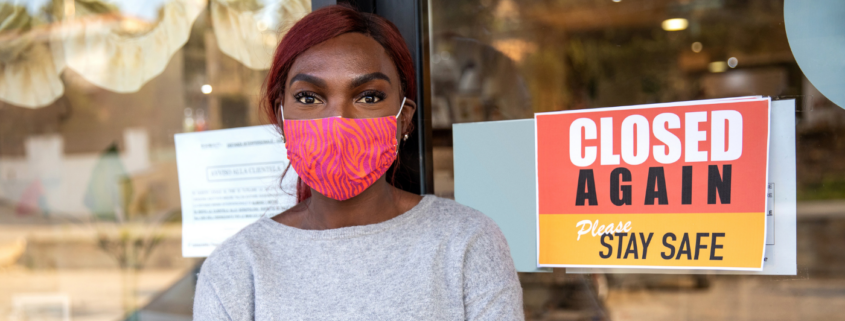
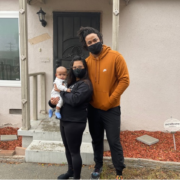


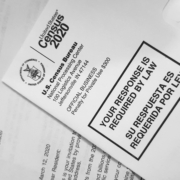
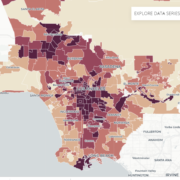

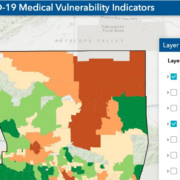



Trackbacks & Pingbacks
[…] in one household unit because rent is too high, and one of the districts in LA that received the lowest number of PPP loans for small businesses during this pandemic that our district is still suffering consequences from. Our district even had […]
[…] the lease is simply too excessive, and one of many neighborhoods in Los Angeles that obtained the smallest number of PPP loans for small businesses throughout this pandemic from which our neighborhood continues to be struggling the implications. […]
Leave a Reply
Want to join the discussion?Feel free to contribute!